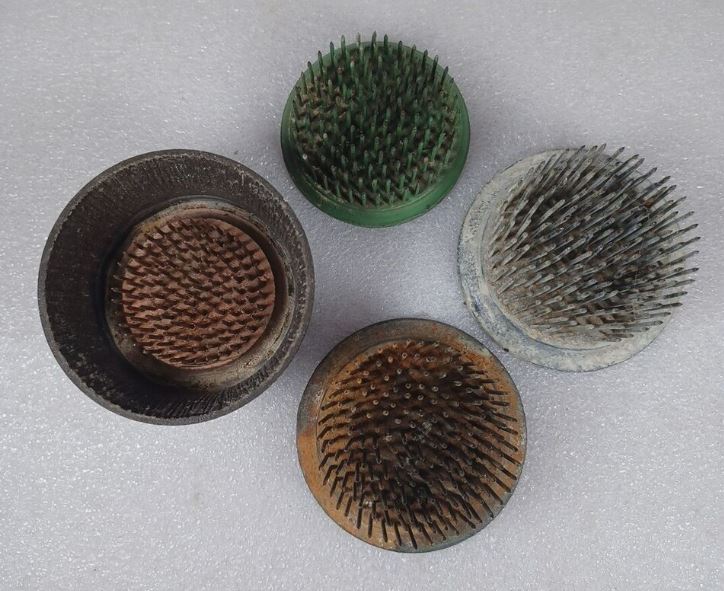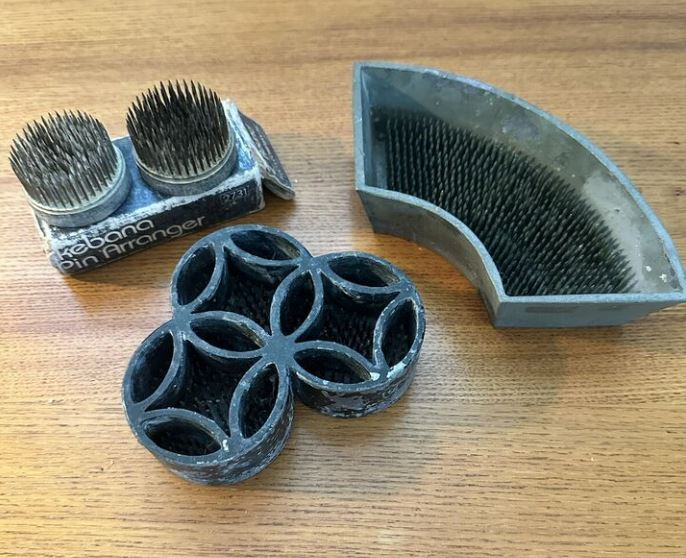Exploring The Utility And Art Of Early 20th-Century Design Tools

source: eBay
The vintage flower frog is an intriguing and stylish tool from the past that serves both a practical function in flower arranging and a decorative one in home decor. Originally popularized in the early 20th century, flower frogs are used to hold the stems of flowers in place, allowing florists and enthusiasts to create intricate and upright displays in a vase or container.
Typically made of glass, metal, or pottery, vintage flower frogs come in various shapes, sizes, and designs, ranging from simple round disks with holes to more elaborate spiked forms. Metal versions often feature a heavy base outfitted with vertical spikes that hold flowers in place, while glass and ceramic frogs may include a series of holes through which stems can be threaded. The diversity in design not only reflects the era’s artistic expressions but also caters to different types of floral arrangements.

The primary use of a flower frog is to provide stability and support to floral arrangements. By inserting the stems into the holes or onto the spikes, flowers can be positioned precisely and held firmly, which is particularly beneficial for creating dense and elaborate displays. This allows for greater creativity in floral design, enabling both symmetry and abstract placements that would be difficult to achieve in a plain vase.
Aside from their practicality, vintage flower frogs are also cherished for their aesthetic qualities. Collectors and vintage decor enthusiasts appreciate the frogs not only as tools but as works of art. The more ornate versions, such as those made from pressed glass or decorated pottery, often find a second life as decorative objects in homes, admired for their beauty and historical value.

Today, the vintage flower frog remains a beloved item among floral designers and those who appreciate the charm of early 20th-century home accessories. Whether used for their original purpose or repurposed as decorative accents, these flower frogs serve as a reminder of the craftsmanship and functional design of the past, continuing to add beauty and interest to interiors around the world.